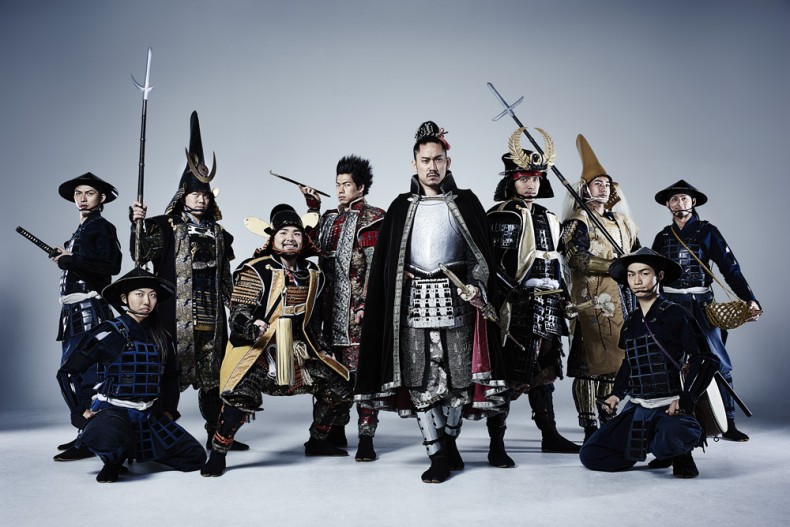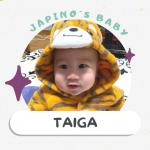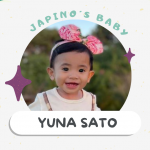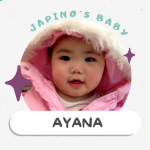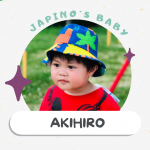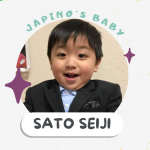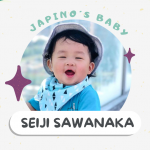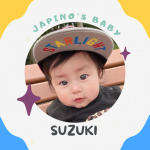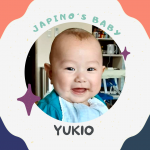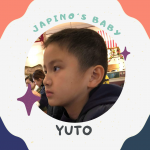The unifiers of Japan, including the first shogun Tokugawa Ieyasu, all came from Aichi. Their samurai culture formed today’s Japan.
#1. Nagoya Omotenashi Bushotai, The Nagoya Samurai Greeters, Nagoya City

Nagoya was home to many feudal military cammanders. Centered on the castle, the Bushotai was set up to welcome visitors to the city and to publicize Nagoya’s historical importance as a city of renowned leaders of men.
#2. The Tokugawa Art Museum, Nagoya City
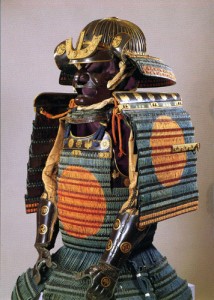
Centering on the weapons, armor, and various treasures owned by Tokugawa Ieyasu, the collection also includes an Illustrated Scroll of the Tale of Genji that is a designated national treasure. Get acquainted with the life and culture of the feudal lords of Japan.
#3. Kiyosu Castle, Kiyosu City
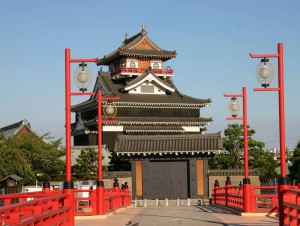
An important strategic base during Japan’s long century of internal strife, this was the starting point of Oda Nobunaga’s attempt to pacify the warlords. Otebashi, the vermilion bridge spanning the Gojo River, is also a special sight.
#4. Traditional miso Factory, Okazaki City
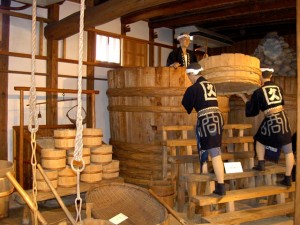
Hatcho miso was a staple of the soldiers of Tokugawa Ieyasu. Fermented in large wooden vats, the sole ingredients are soy beans and salt, matured over two summers and two winters.
#5. Cherry Blossom at Okazaki Castle, Okazaki City
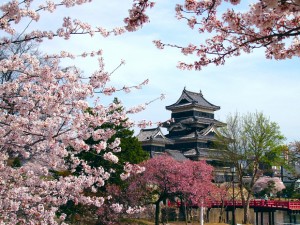
On the grounds of Okazaki Park, you can find Okazaki Castle, the birthplace of Tokugawa Ieyasu, and a museum devoted to him and the Mikawa samurai. During the cherry blossom season, the area around the castle keep is particularly beautiful (one of Japan’s hundreds best sights of sakura).
#6. Matchlock gunners of Nagashino Shitaragahara, Shinshiro City
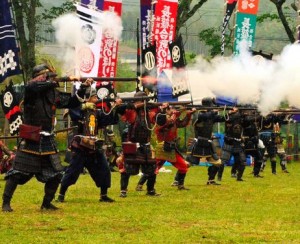
The Battle of Nagashino Shitaragahara in 1575 witnessed the effects of massed volley gunfire for the first time in Japan. On the battlefield, celebrating the event, you can see an authentically equipped and dressed arquebus platoon and a column of troops reenacting scenes from the action.
#7. Toyohashi City Futagawa Shuku Honjin Museum, Toyohashi City
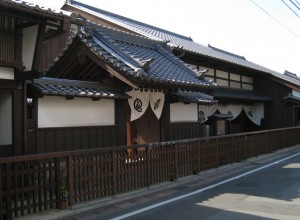
During the Edo period (1603-1867), the Tokaido Trunk Road connected the Shogun’s capital at Edo (now Tokyo) with the court capital in Kyoto. As an official stage on this highway, this area flourished. While lords would stay in the grand Honjin, commoners had to stay in the lowly Hatagoya. Today, the museum is the only place in Japan where you can see both the lordly and the common accommodation.
Source: Aichi-kanko


